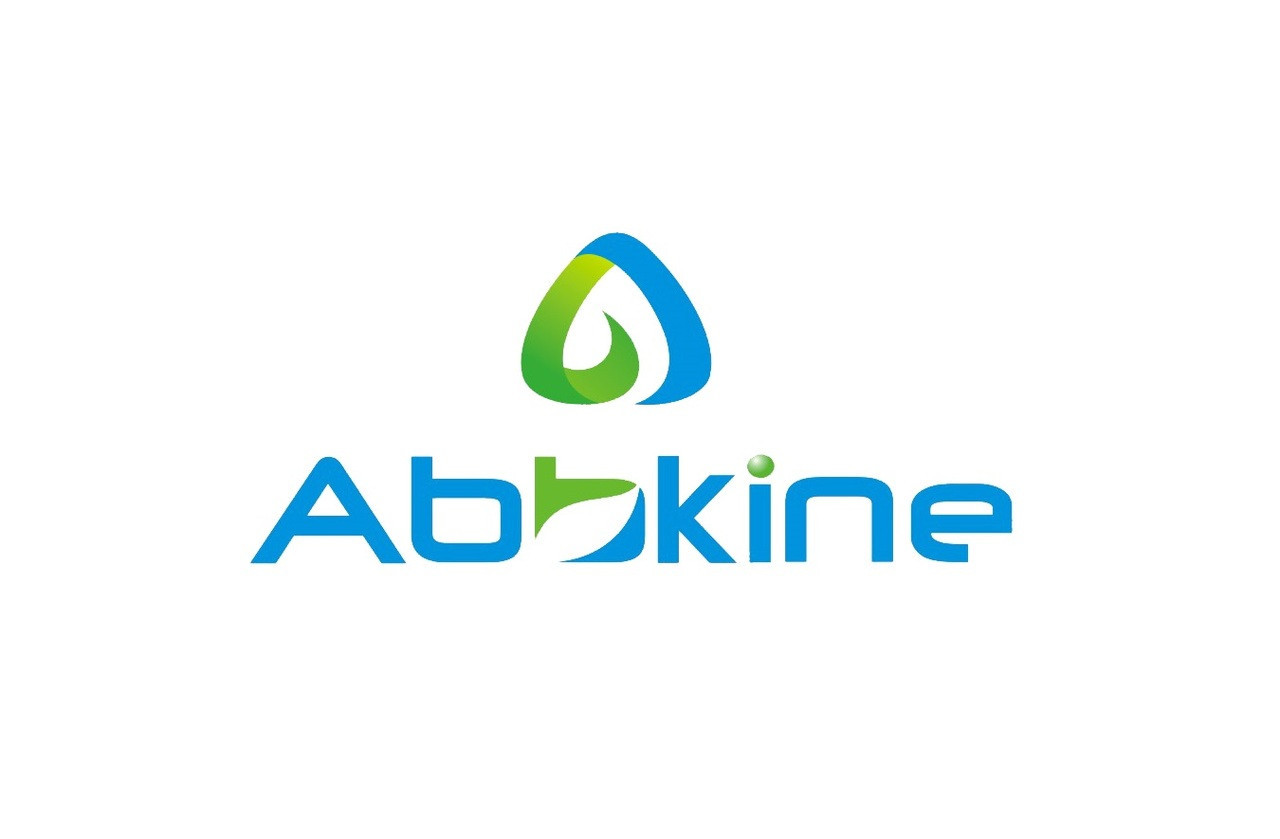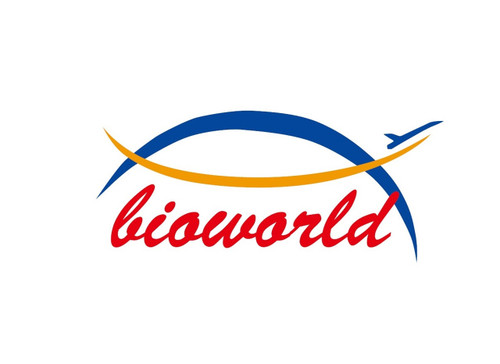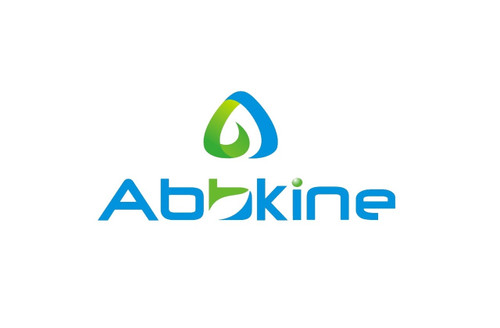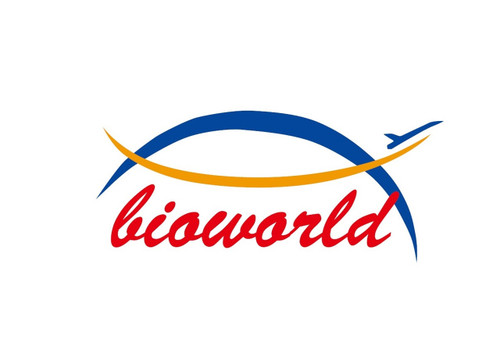Product Description
Catenin-β Polyclonal Antibody | ABP50865 | Abbkine
Immunogen: Synthesized peptide derived from human Catenin-β around the non-phosphorylation site of S33
Product Category: Protein
Application: Protein General Reagents
Product Type: Primary Antibody
Host: Rabbit
Reactivity: Human, Mouse, Rat, Monkey
Application: WB, IHC-P, IF, ELISA
Application Note: Optimal working dilutions should be determined experimentally by the investigator. Suggested starting dilutions are as follows: WB (1:500-1:2000), IHC-P (1:100-1:300), IF (1:200-1:1000), ELISA (1:20000) . Not yet tested in other applications.
Clonality: Polyclonal
Isotype: Rabbit IgG
Formulation: Liquid solution
Kit Component: N/A
Concentration: 1 mg/ml
Storage Buffer: PBS containing 50% Glycerol, 0.5% BSA and 0.02% Sodium Azide.
Storage Instructions: Stable for one year at -20°C from date of shipment. For maximum recovery of product, centrifuge the original vial after thawing and prior to removing the cap. Aliquot to avoid repeated freezing and thawing.
Shipping Condition: Gel pack with blue ice.
Background: The protein (catenin beta 1) encoded by CTNNB1 is part of a complex of proteins that constitute adherens junctions (AJs) . AJs are necessary for the creation and maintenance of epithelial cell layers by regulating cell growth and adhesion between cells. The encoded protein also anchors the actin cytoskeleton and may be responsible for transmitting the contact inhibition signal that causes cells to stop dividing once the epithelial sheet is complete. Finally, this protein binds to the product of the APC gene, which is mutated in adenomatous polyposis of the colon. Mutations in CTNNB1 are a cause of colorectal cancer (CRC), pilomatrixoma (PTR), medulloblastoma (MDB), and ovarian cancer. Three transcript variants encoding the same protein have been found for CTNNB1.
Alternative Names: CTNNB1; CTNNB; OK/SW-cl.35; Catenin beta-1; Beta-catenin
Precaution: The product listed herein is for research use only and is not intended for use in human or clinical diagnosis. Suggested applications of our products are not recommendations to use our products in violation of any patent or as a license. We cannot be responsible for patent infringements or other violations that may occur with the use of this product.
 Euro
Euro
 USD
USD
 British Pound
British Pound
 NULL
NULL












